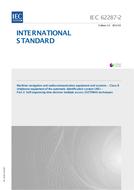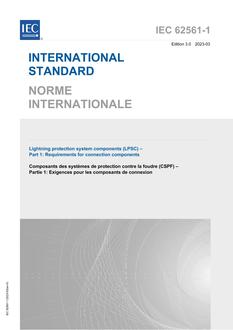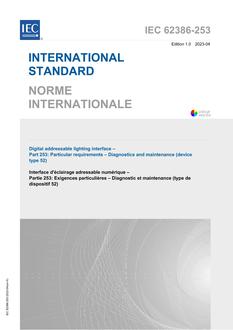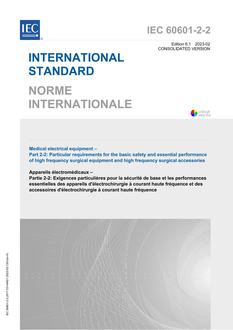Click here to purchase
IEC 62287-2:2013(E) specifies operational and performance requirements, methods of testing and required test results for Class B “SO” shipborne AIS equipment using Self-organised TDMA (SOTDMA) techniques as described in Recommendation ITU-R M.1371. This standard takes into account other associated IEC International Standards and existing national standards, as applicable. The main differences between Class B “CS” (IEC 62287-1) and Class B “SO” units are that the Class B “SO”:
– covers all 25 kHz channels listed in Recommendation ITU-R M.1084-5;
– only uses the internal GNSS, no position sensor input is allowed;
– requires use of VDL Message 17 for correction of the internal GNSS;
– has a presentation interface;
– has additional reporting intervals, down to 5 s;
– has two power settings, with a high level of 5 W;
– has the capability to transmit binary messages. It is applicable for AIS equipment used on craft that are not covered by a mandatory carriage requirement of AIS under SOLAS Chapter V.
Product Details
- Edition:
- 1.0
- Published:
- 03/18/2013
- Number of Pages:
- 87
- File Size:
- 1 file , 570 KB




